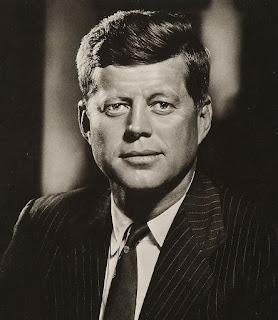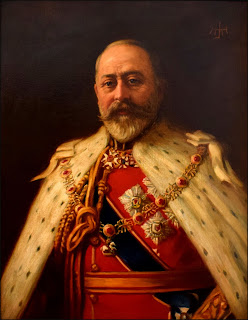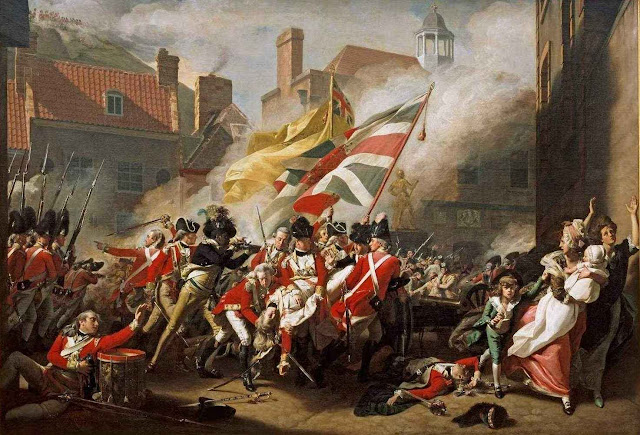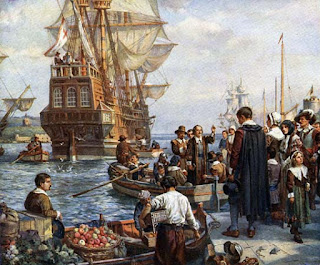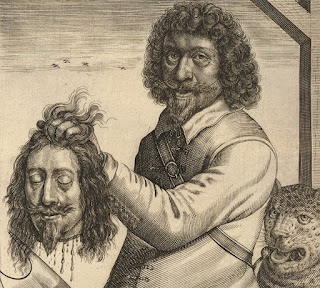USA Cultural Info
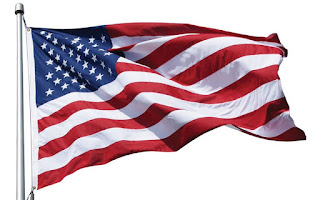
U.S.A The United States of America is the third largest country in the world with a population of more than 325 million, according to the U.S. Census Bureau. A child is born every 8 seconds, and a person dies every 12. In addition to Native Americans who were already living on the continent, the population of the United States was built on immigration from other countries. Despite recent moves to close the U.S. borders to new immigrants and refugees, a new immigrant moves to the United States every 33 seconds, according to the Census Bureau. Because of this, the United States is one of the most culturally diverse countries in the world. Nearly every region of the world has influenced American culture, most notably the English who colonized the country beginning in the early 1600s. U.S. culture has also been shaped by the cultures of Native Americans, Latin Americans, Africans and Asians. Language . There is no official language of the United States, accord
